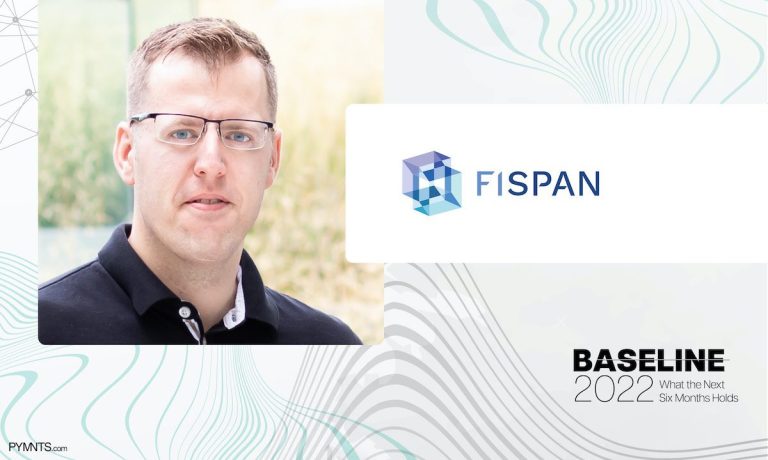
Expect real-time payments to pick up steam, FISPAN CEO and Co-founder Clayton Weir writes in the PYMNTS eBook “Baseline 2022: What the Next Six Months Holds” — benefiting retailers, banks and, perhaps most important, their customers.
What we’ve seen, what has consistently held true and what we have come to understand is that all our efforts need to be targeted to the customer. Our decisions need to be based on improving the customer journey and our products and solutions need to remove any friction that exists in that journey.
So the baseline for the remainder of 2022 and into the future should really be “How does this support the client?” with a payments focus putting the customer experience first. The nucleus being payment types that are fast, easy to use, seamless and ultimately invisible.
This includes payment types like real-time payments (RTP) and bank-selected payments. Real-time payments is not new but has certainly gained momentum as customers request faster payment processing. Bank-selected payments, where the customer sends the payment and the bank determines the best, most cost-effective, yet timely payment type to send it through are also showing an increase in demand.
These invisible systems work behind the scenes to the great benefit of the customer, either allowing for increased cash flow management or optimizing payment costs and types. Different payment types, but both benefit the customer while also providing them with a smooth, friction free customer experience.
Financial Institutions Are Still Missing Out on the SMB Market
For a long time, banks have focused on their large and mid-market customers as they have traditionally been a smaller group and the largest revenue generators. However, small and medium-sized businesses (SMBs) are a critical driver of the U.S. economy and SMB customers make up a significant portion of the customer base for a lot of banks. There needs to be a greater shift to service this group.
Neobanks are an example of non-banks focusing on servicing this market, and are gaining traction with their low barriers and highly targeted approach. SMBs are demanding faster, more transparent B2B experiences as cash management is critical to their survival. Traditional banks have the means to compete and should use their digital first offerings to retain existing customers and attract new SMB customers.
Banks that pay attention to and service this market will become the preferred banks for the large and growing SMB base and will win in the long run.
Bank-FinTech Partnerships Will Be Key to Banks’ Success
We’ve seen a shift in the partnership landscape as new bank-FinTech partnerships are rapidly emerging as banks realize the many benefits that can come from it.
APIs have had the most significant impact on innovation of late and financial technology can develop the tech needed to support new API powered capabilities like embedded banking.
Banks can certainly create API solutions in house, but tend to struggle with development timelines, speed to market and the general upkeep required. FinTechs, however, have consistently shown they can securely design, deliver and effectively support these digital solutions in a much faster go-to-market timeline.
The digitization gap in the financial industry will continue to grow and will be more pronounced between the early digital adopters and those who wait. The time to act was really yesterday.